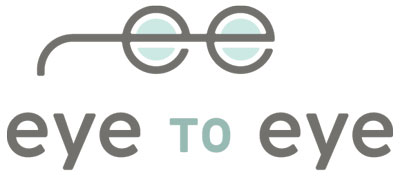Does your child have trouble in school?
Could your child have a vision-related learning issue?
August is here, and with it comes the start of a new school year and, not coincidentally, Children’s Vision and Learning Month.
With one in four children having an undiagnosed vision problem, the goal of the national observance is to educate about the intimate relationship between vision and learning.
Trouble in school? Maybe it’s a learning-related vision problem.
If your child is having difficulty in school, it’s very possible she just can't see the blackboard or the book in front of her. Experts estimate roughly 80% of what a child learns in school is information presented visually, so visual problems are often confused as laziness, a learning disability, or even ADHD. Simply put, if children are unable to see well, they will have a hard time following along and concentrating. This starts the chain reaction of poor performance leading to poor self-esteem and eventually behavior problems.
20/20 is not always a clear answer
Many parents incorrectly assume when their child passes a school vision screening, there is no vision problem. However, a child can have 20/20 vision but still have trouble reading. Although the American Optometric Association (AOA) indicates the most common vision problem is nearsightedness (myopia), some children have trouble with eye focusing, eye tracking, and eye coordination. The only way to be sure your child can see clearly is a comprehensive vision exam.
Vision can change frequently during the school year, so keep an eye out for the following between appointments:
Headaches, particularly eye strain
Short attention span
Excessive blinking or eye rubbing
Poor hand-eye coordination
Difficulty remembering what was read
Holding reading materials close to the face
Covering one eye
Between getting school supplies and new clothes, consider also getting a complete eye exam for your children and get them started off right for the new year.


